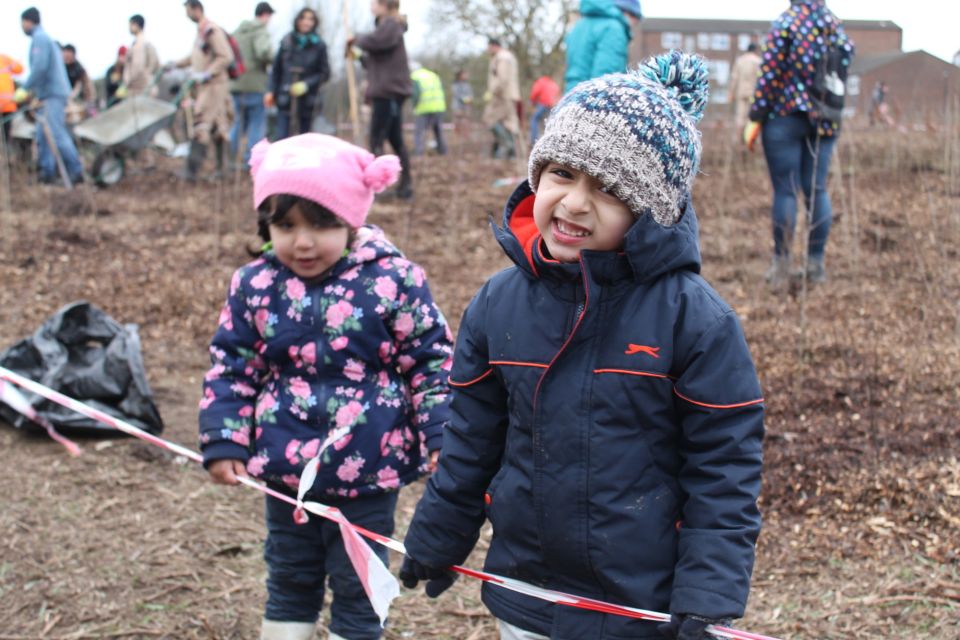Generation tree: Meet the UK’s original green activists
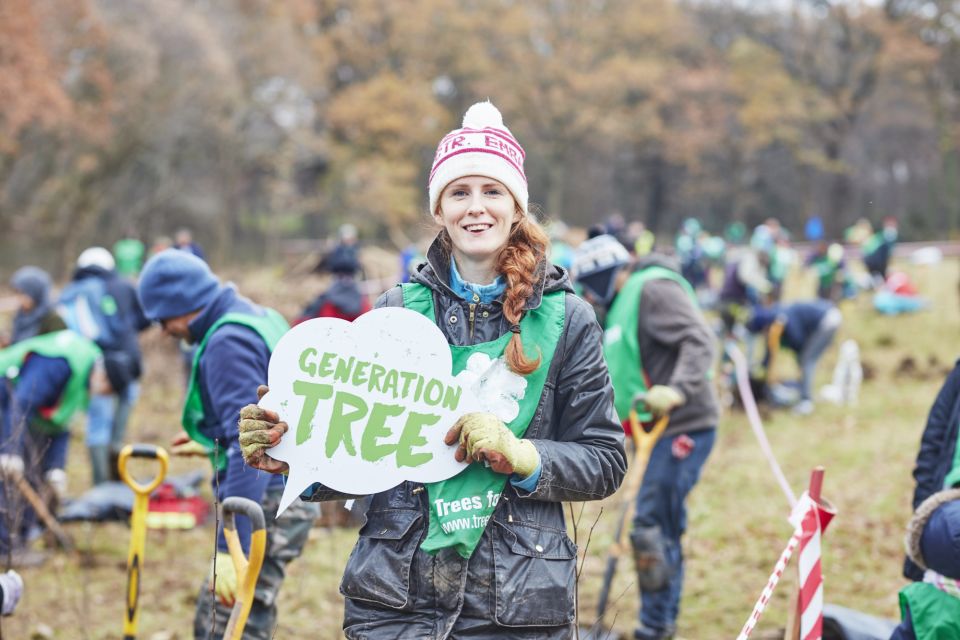
Have you ever admired the tall cathedral like tree lined streets of London? Chances are they are London planes. And it’s not just the Plane; there are many fruit and ornamental trees, in fact all sorts of trees from all over the world are dotted around the grey cityscapes of the British Isles. Old and young trees proudly take their place as the lungs of cities and impromptu magical playgrounds for children. Have you ever wondered how we ended up with this amazing variety of urban trees and often on such a grand scale? And are we in danger of them disappearing?
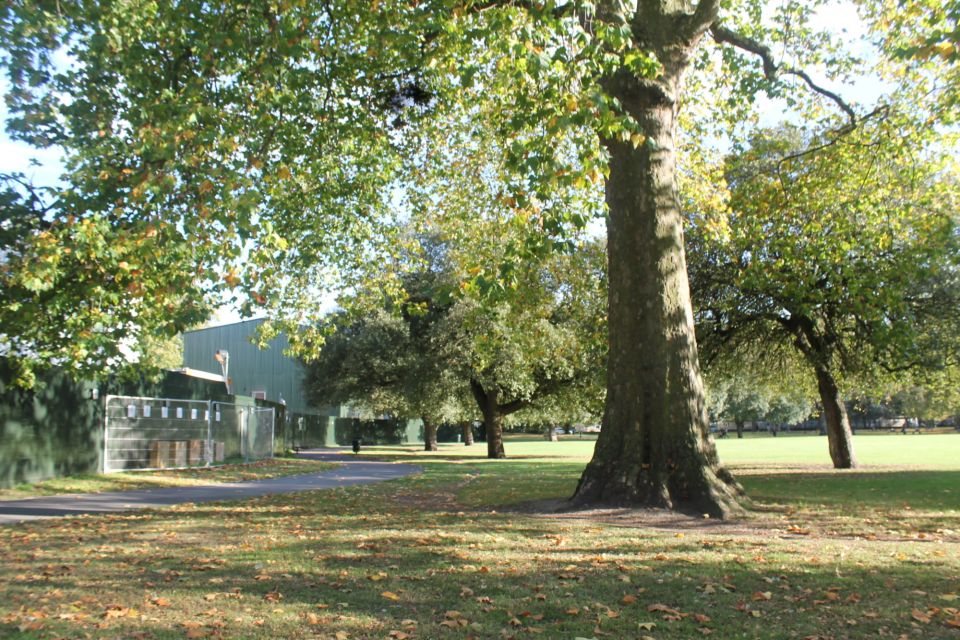

The concept of planting trees in cities is a relatively recent one and public parks and open spaces have only been around for about 170 years. Before that only royalty, the rich and aristocracy had control and access of gardens. It’s been a long journey to realise the benefits and importance of trees in urban environments and to make them open to the public. John Evelyn’s world famous (1664) Sylva or Discourse of forest trees, is probably the first text on forestry in English and included a passionate call to plant and restore woodlands. But it has almost no mention of trees in towns.
Trees were considered only relevant to woods in the countryside, for royalty and for commercial purposes. Landscape design was only for the rich and powerful and was about a rigid display of the dominance of man over nature. This gradually changed towards a more natural feel that included trees as an important feature. Joseph Addison, writing in the Spectator in 1712 said, ‘for my own part I would rather look upon a tree in all its luxuriance than when it is thus cut and trimmed into a mathematical figure’.
By the 16th century garden designers like William Kent and Capability Brown wanted to create symbolic landscapes, with a more natural feel like the paintings of European artists, such as Claude Lorraine, Poussin and Salvator Rosa. But these were still manicured. The Romantics in the 19th century wanted to be wilder still. Poets like Wordsworth and other artists in turn influenced gardeners and landscape designers to bring trees into their designs for green spaces to make them look more authentic.
Generation Tree
These were the radicals and change makers of their time, people who planted trees in urban areas on a grand and visionary scale that we still enjoy today. They took it into their own hands to do something about the increasingly ugly and diseased urban landscape. They decided to make it a healthier, happier place to live and work for all, not just the rich and powerful. They were responsible for the beautiful cathedral like boulevards lined with trees and many of the large urban public green spaces of today.
Explorers had started to bring back new types of trees and plants from around the world. This increased botanical knowledge and combined with philosophical and artistic movements sparked new styles of gardens and landscapes. It led to the great variety of trees from around the world that we see in our towns and cities today.
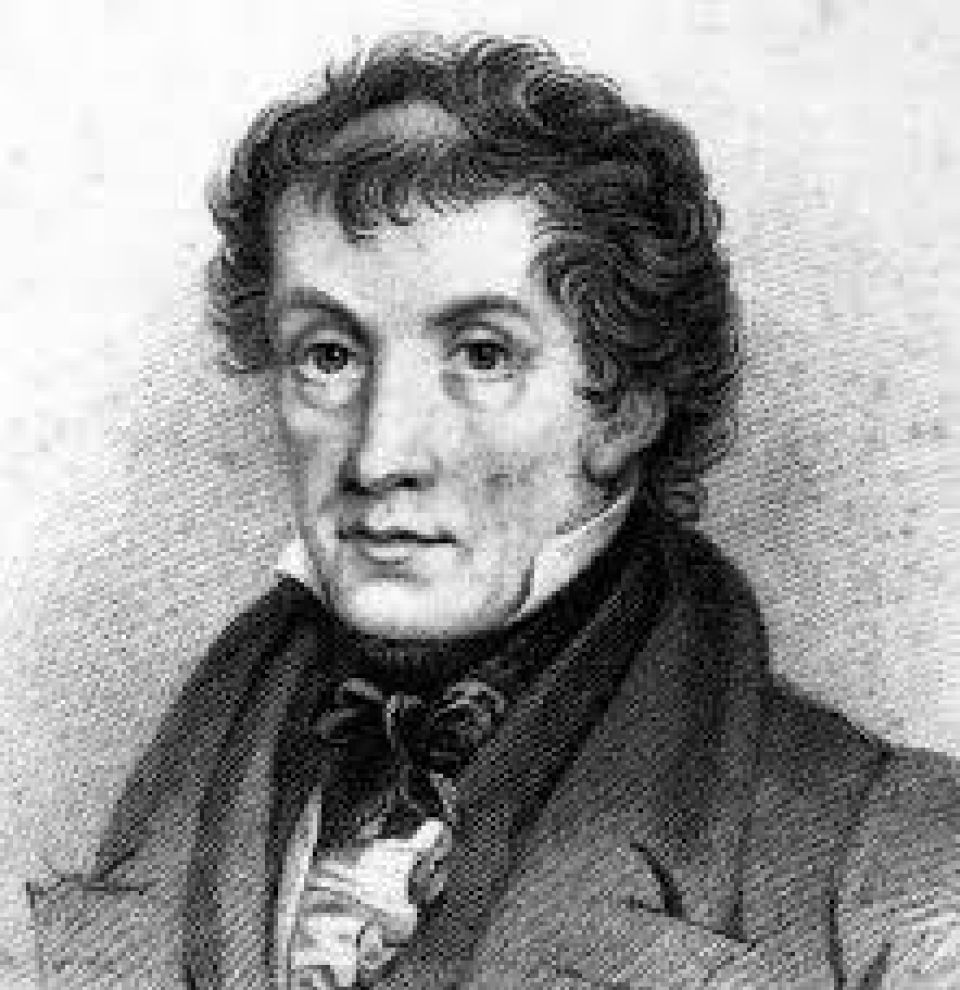
The 19th century and the industrial revolution was a historical crucible for innovation and change. It produced the prodigious John Claudius Loudon and his wife Jane, a dynamic couple who were incredibly influential to generations in the future and helped to lay the foundations for our public spaces and the trees within them. John wrote many popular books and magazines and designed inspiring gardens and landscapes. He championed tree planting in gardens and urban areas for ordinary people. He was the first to bring gardening to the middle classes and promoted the opening up of green spaces to the public.
Loudon was asked to design a leisure park for an industrial workforce, The Derby Arboretum, which opened in 1840. It brought together Loudon’s desire to provide opportunities for leisure, education and moral improvement, and became the prototype for public parks throughout the world.
Loudon’s campaign for public parks, particularly in London, was taken up by politicians and in 1885 led to the creation of Victoria Park or the People’s park in Bow.
John Loudon combined the craze for new specimens from the broader world, with the fashionable naturalistic look to invent the arboretum, which is a collection of different types of trees for people to enjoy and study. Arboretums became the forerunners of public parks, as green spaces open to the general public for a fee. John greatly influenced the designer of the now famous Kew gardens in London. The arboretum there covers two thirds of the gardens and contains a collection of over 14, 000 trees including rare and ancient varieties. Today Kew’s trees absorb approximately 8.6 tonnes of carbon dioxide out of London’s air every year.
By the beginning of the 19th century the industrial revolution was in full swing. For the majority of the workers this meant grim and dangerous working and living conditions. Cities became dirty, polluted and very over crowded. Diseases such as cholera were rife, 10,000 people died in one outbreak in London. The working classes started to mobilise and there was political fear about their discontent. The city leaders started to realise that this situation was not sustainable and something needed to be done. It was thought that green spaces could help prevent outbreaks of disease and promote health and that creating such spaces open to all would result in the betterment of the poor and reduce chances of a backlash from them.
The birth of our green belt
This set the stage for the concept of the ‘green belt’ which has preserved many trees and woodlands in urban areas. And voices such Loudon’s started to be heard. As far back as 1829 John Loudon proposed ‘breathing zones’ around London to restrain growth and provide planning to ensure that countryside outside London was not obliterated. He wanted to ensure that,
“there could never be an inhabitant who would be farther than half a mile from an open airy situation, in which he was free to walk or ride.”
His ideas weren’t successful at the time but other people took them further and made them popular. Eventually in the post war years of the 20th century the London greenbelt was created and Loudon’s vision became reality.
But Loudon was much more than a dusty figure from the past. He had to overcome much ill health and disability throughout his life. He loved the fantastical and when he went to meet an admired author of an early Science Fiction book, he was astonished to find it was in fact a woman, Jane Webb. Seven months later they were married. And so began a life-long collaboration, Jane became a partner in his work, helping him compile his greatest book, the Encyclopaedia of Gardening. She also authored many books and articles herself, making gardening an acceptable pastime for women. She taught herself and became an accomplished and successful botanical illustrator. Jane single-handedly paved the way for the many influential women in the future of horticulture such as Gertrude Jekyll and Vitta Sackville West. She was the first woman to be a well known writer on horticulture and botany. Both Loudon and his wife worked tirelessly throughout their lives, struggling with poverty and John’s ill health. John went on to die in his wife’s arms. Together the couple changed the face of gardening and were part of the pioneering generation that lead the way to trees and urban green spaces being open to the masses.
Many other individuals and groups continued to build on the work of people like the Loudons.
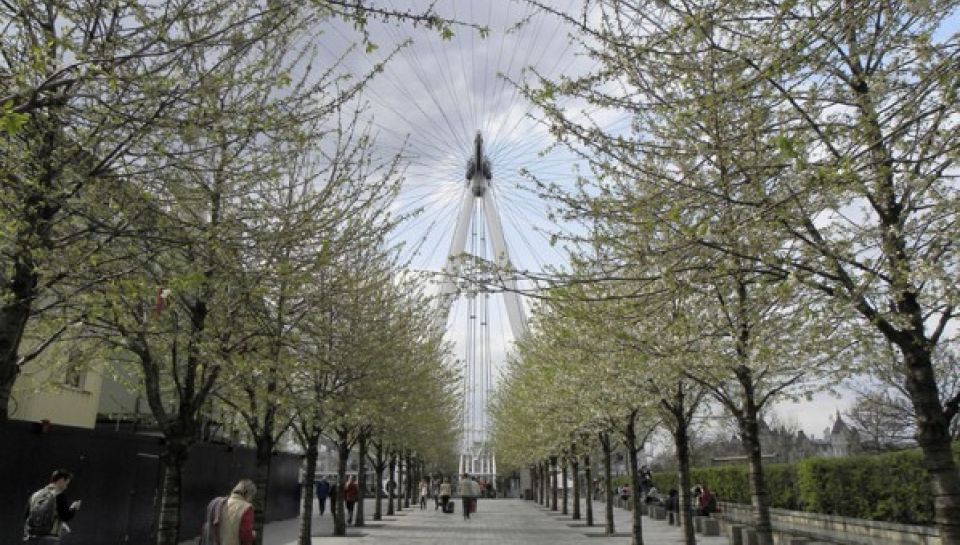
Are we Generation Z, or Generation tree?
But now many of those old urban trees are coming to the end of their life and are often not replaced. It is estimated that we are losing more than 50 of our urban trees every day. And though we know more than ever the importance of trees to our health and well being, these days tree planting is not on the same scale and vision. Smaller trees with shorter life-spans are often planted even where larger, longer lived, sculptural trees would fit safely and planting is patchy. The large standards such as oaks, London planes and horse chestnuts create a leafy environment good for locking up air pollution, CO2 and preventing flooding. Smaller trees are unable to do this to the same extent.
Large established trees can provide a haven for wildlife and improve our mental health. But it takes many years for trees to be able to grow large enough for these benefits to really develop. These trees can live to a venerable age becoming gnarled characters enlivening the busy hustle bustle paths of our daily lives. They provide us with moments of beauty, wonder and magic in a world full of plastic and concrete.
We can draw inspiration from figures like the Loudons and do our bit now to ensure the continuity of our generation of trees. We’ve reaped the benefits from the vision of previous generations of radical tree planters and now it’s time for us to be the new generation of revolutionaries to plant trees. Indeed, we can be a revolutionary generation who plant trees, and green our cities for future city dwellers to enjoy.
Join
the revolution
This year, for National Tree Week, we are encouraging people of all ages to be a generation who plant more trees than we cut down. Together with volunteers from across the UK, they will be planting more than 50,000 trees in areas of our cities that need them the most.
Donate to Trees for Cities and together we can help cities grow into greener, cleaner and healthier places for people to live and work worldwide.
Donate